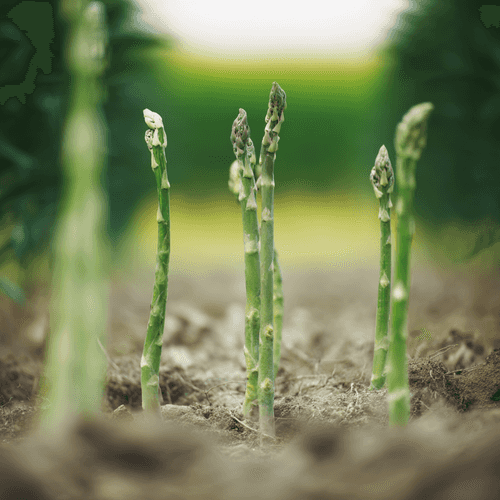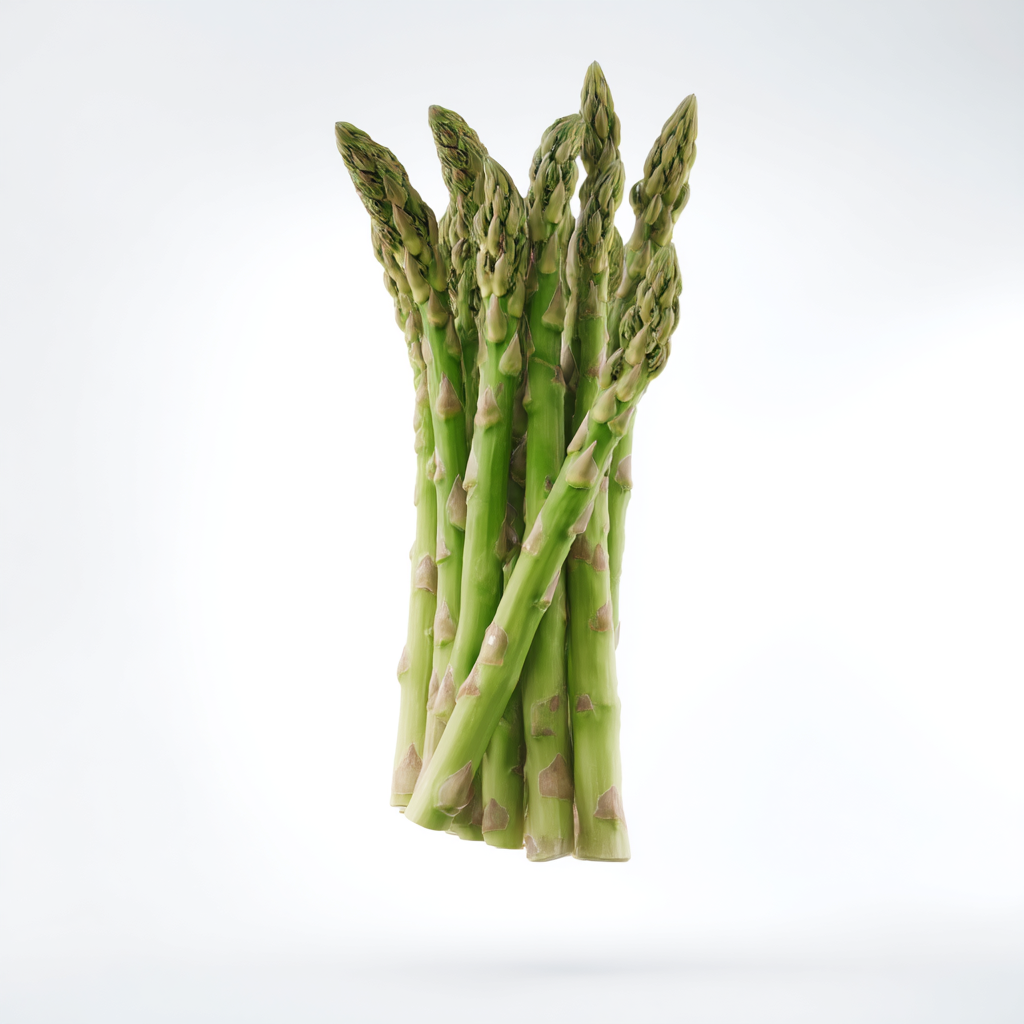Did you know ?
- 1 Asparagus can grow up to 7 inches in a single day during peak season.
- 2 Green and white asparagus are from the same plant; white is grown underground to prevent color.
- 3 Asparagus spears are harvested before they turn into tall, feathery ferns.

